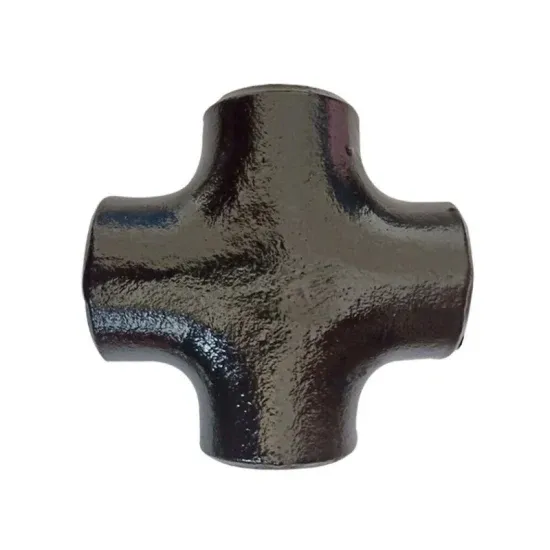-
Cangzhou Yulong Steel Co., Ltd.
-
Phone:
+86 13303177267 -
Email:
admin@ylsteelfittings.com
- English
- Arabic
- Italian
- Spanish
- Portuguese
- German
- kazakh
- Persian
- Greek
- French
- Russian
- Polish
- Thai
- Indonesian
- Vietnamese
- Zulu
- Korean
- Uzbek
- Hindi
- Serbian
- Malay
- Ukrainian
- Gujarati
- Haitian Creole
- hausa
- hawaiian
- Hebrew
- Miao
- Hungarian
- Icelandic
- igbo
- irish
- Japanese
- Javanese
- Kannada
- Khmer
- Rwandese
- Afrikaans
- Albanian
- Amharic
- Armenian
- Azerbaijani
- Basque
- Belarusian
- Bengali
- Bosnian
- Bulgarian
- Catalan
- Cebuano
- China
- China (Taiwan)
- Corsican
- Croatian
- Czech
- Danish
- Esperanto
- Estonian
- Finnish
- Frisian
- Galician
- Georgian
- Kurdish
- Kyrgyz
- Lao
- Latin
- Latvian
- Lithuanian
- Luxembourgish
- Macedonian
- Malgashi
- Malayalam
- Maltese
- Maori
- Marathi
- Mongolian
- Myanmar
- Nepali
- Norwegian
- Norwegian
- Occitan
- Pashto
- Dutch
- Punjabi
- Romanian
- Samoan
- Scottish Gaelic
- Sesotho
- Shona
- Sindhi
- Sinhala
- Slovak
- Slovenian
- Somali
- Sundanese
- Swahili
- Swedish
- Tagalog
- Tajik
- Tamil
- Tatar
- Telugu
- Turkish
- Turkmen
- Urdu
- Uighur
- Welsh
- Bantu
- Yiddish
- Yoruba

Oct . 31, 2024 21:11 Back to list
Flanged Strainer for Efficient Fluid Filtration in Industrial Applications
Understanding Flanged Strainers A Crucial Component in Fluid Systems
Flanged strainers are essential components in various fluid transfer systems, playing a crucial role in maintaining the efficiency and longevity of equipment. These devices serve as protective filters, removing unwanted particles from liquids or gases before they enter critical machinery, such as pumps, valves, and compressors. By doing so, flanged strainers help prevent potential damage that could lead to costly repairs and downtime.
The design of a flanged strainer typically features a cylindrical body with flanges at both ends, allowing for easy installation and secure connections to piping systems. The strainers come in various mesh sizes, enabling users to select the appropriate level of filtration based on the specific application and the nature of the fluid being processed. Common materials used for flanged strainers include stainless steel, cast iron, and carbon steel, providing durability and resistance to corrosion.
One of the primary benefits of using flanged strainers is their ability to enhance system reliability
. By filtering out particulates, these devices significantly reduce wear and tear on downstream equipment, ensuring smoother operation and decreasing the likelihood of sudden failures. Additionally, regular maintenance and cleaning of strainers can help sustain optimal flow rates and improve overall system performance.flanged strainer

Flanged strainers are widely used across various industries, including water treatment, oil and gas, food and beverage, and pharmaceuticals. In water treatment plants, for example, they are instrumental in preventing debris from clogging pumps and filters. In the oil and gas sector, strainers protect sensitive equipment from the damaging effects of sand and other particulate matter. Their versatility makes flanged strainers indispensable in any fluid handling process.
Installation of flanged strainers is generally straightforward, but it is critical to follow manufacturer guidelines to ensure proper functionality. The orientation of the strainer, whether horizontal or vertical, should be considered based on the specific application to optimize performance. Furthermore, routine inspection and maintenance are vital to ensure that the strainer remains clean and effective over time.
In conclusion, flanged strainers are a vital element in safeguarding the integrity of fluid systems. Their primary function of removing contaminants not only protects essential equipment but also contributes to the overall efficiency of operations. By investing in high-quality flanged strainers and adhering to maintenance protocols, industries can enhance their productivity and minimize downtime, leading to significant long-term cost savings.
Latest news
-
ANSI 150P SS304 SO FLANGE
NewsFeb.14,2025
-
ASTM A333GR6 STEEL PIPE
NewsJan.20,2025
-
ANSI B16.5 WELDING NECK FLANGE
NewsJan.15,2026
-
ANSI B16.5 SLIP-ON FLANGE
NewsApr.19,2024
-
SABS 1123 FLANGE
NewsJan.15,2025
-
DIN86044 PLATE FLANGE
NewsApr.19,2024
-
DIN2527 BLIND FLANGE
NewsApr.12,2024
-
JIS B2311 Butt-Welding Fittings LR/SR 45°/90° /180°Seamless/Weld
NewsApr.23,2024











